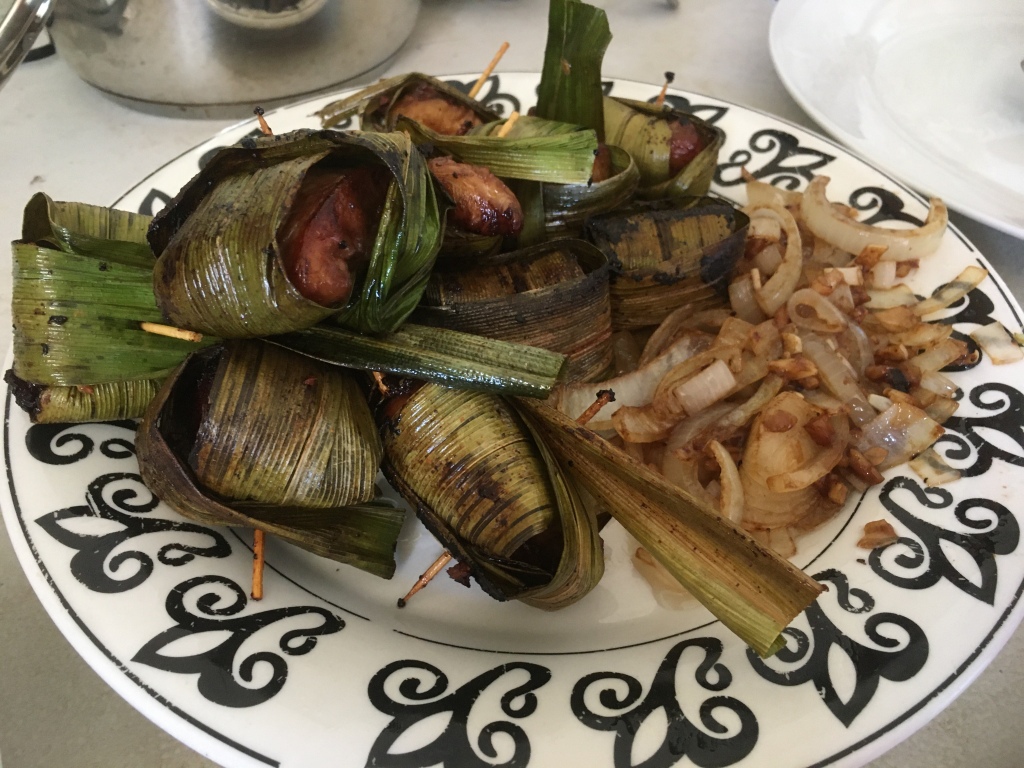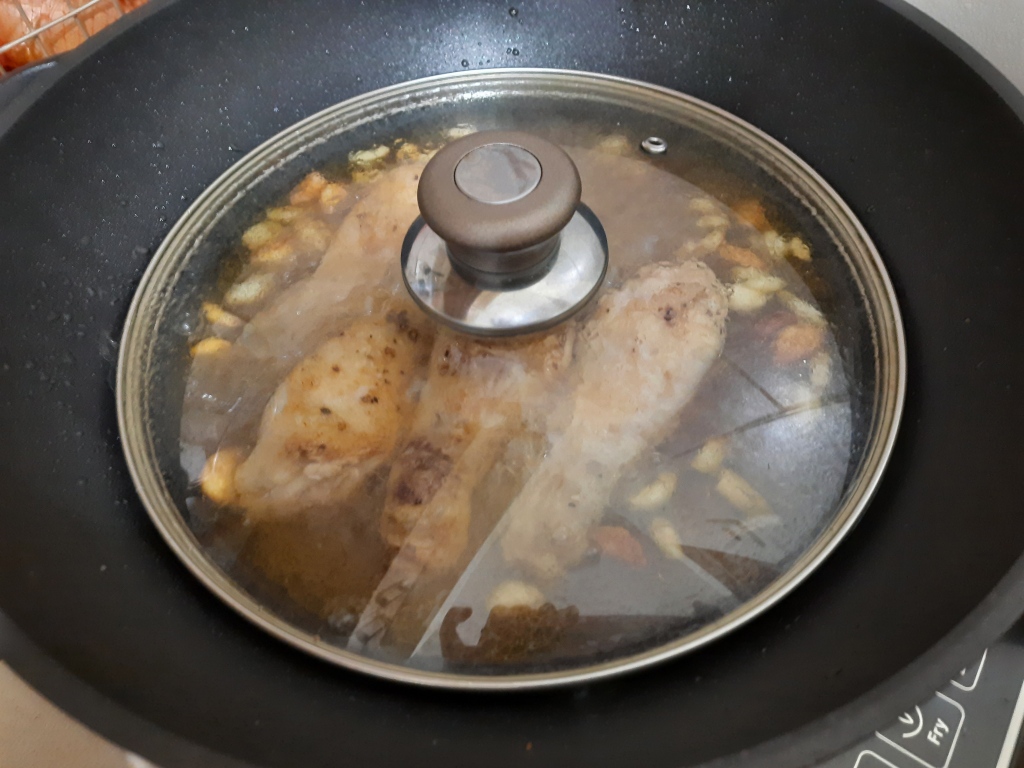After my exams in Transportation Law, we decided to wind down by watching something off Netflix. Scrolling through the genres but found nothing of interest until Kat suggested “How about something food-related?” So I clicked on Food and Travel then ended up watching ‘The Taco Chronicles’. We ended up watching more than half of all its episodes and finished the rest today. Aside from some new insights on ingredients, flavors, and culture, we found ourselves craving some tacos.
After the birria episode from last night, I asked Kat if there are any restaurants serving birria here in Metro Manila and apparently, there are many. We ended up ordering in a small Arroz de Birria, Premium Beef Birria Tacos, and two Horchata de Arroz from the House of Birria.

Before describing our experience, what is Birria anyway? Its wikipedia page defines it as “a traditional ancestral soup or stew made from a combination of chili pepper-based goat meat adobo, garlic, cumin, bay leaves, and thyme, and cooked at a low heat. Not to be confused with barbacoa, which is cooked underground, birria is slow-stewed in a pot (olla). Beef, lamb or sheep are alternatives for goat. It may be seasoned and garnished with onion, cilantro, and lime.”

The Arroz de Birria was simply divine with the well-cooked beef mixed in with fluffy rice, a runny sunny-side-up egg, and hints of spices that can be attributed to the Mexican palate. The taste of it had some heat, a splash of savory, and fresh acidity. This dish was served with some lemon, salsa, and sour cream on the side.

The Premium Beef Birria Tacos were a godsend. It had a crispy taco shell and was stuffed with fresh cabbage, juicy and tender pulled beef, and a small layer of cheese on the bottom for some structural integrity. The scent of the accompanying mildly-spiced birria soup, also known as consomme, wafted through the air when I opened the container in all its slow-cooked goodness.
With a squeeze of lemon and some salsa onto the taco, it was game on after I dipped the taco into the soup and dug in. It invigorated my tastebuds with the symphony of the savory beef, the sweetness and acidity from the tomatoes, the sourness from the lemons, and the heat from the birria soup. Four bites later, the taco had disappeared from my hand. Four more bites and my share of two tacos were all out.
Since there was some birria soup remaining, I poured some of it into the last of the Arroz de Birria. It made an excellent dish even better by ramping up all the flavors while complementing the creaminess of the sour cream and egg.
The Horchata de Arroz would have been a good accompaniment but I forgot to bring itout of the fridge until we woke up from the taco food coma. The vanilla and cinnamon notes from the rice drink would have really refreshed the palates after the meal.
Overall, we’d order again from House of Birria soon. When the pandemic’s over, we’ll visit and dine in to experience the taco de birria fresh from the kitchen.


















